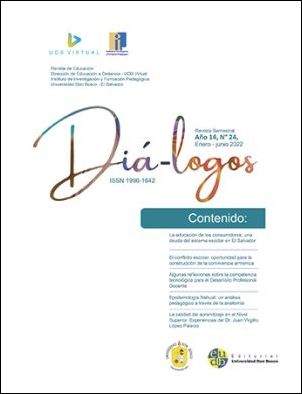Nahuat epistemology: a pedagogical analysis through anatomy
DOI:
https://doi.org/10.5377/dialogos.v24i1.14770Keywords:
anatomy, epistomology, pedagogy, náhuat, intercultural approachAbstract
The text reflects on pedagogy as an educational practice from the Nahuat language. It ventures into cultural diversity in educational matters and in the pedagogical systems of native peoples, which is known as interculturality and pedagogy. Thus, it facilitates the incursion of the development of intercultural competences in educational contexts. The text investigates how the parts of the body are related to philosophical concepts. In this manner, the way in which anatomy becomes abstract is deepened, and for this the following is analyzed: i) a diagram of the body with its parts and names; ii) a review in dictionaries and classical anatomy texts to describe the parts of the body, their literal meaning and then how they correlate to abstract concepts, for example: ma-kwi-l = 5 = hand/ grab/passive, that is, the hand means “counting” or arithmetic. Another example, yul-tuk = alive = heart-participle = heart-shaped, therefore, the heart does not denote only the organ, but the movement of life itself, the vital process of all existence.
Downloads
390

